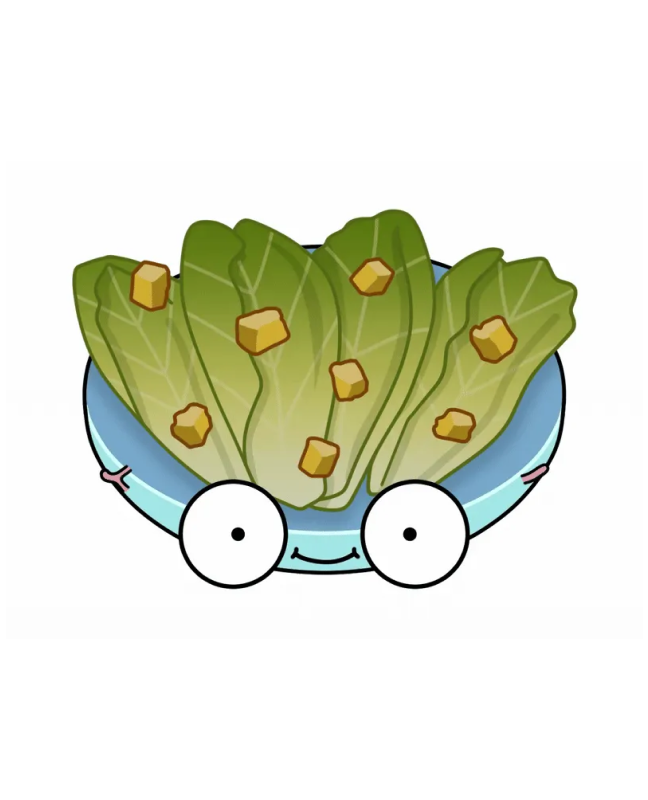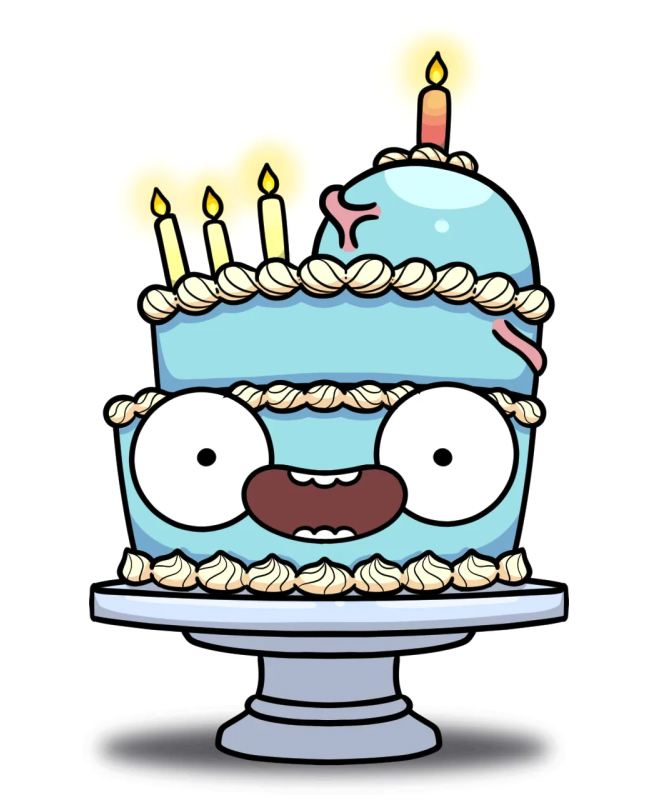Why are blueprints... blue?
Morning Blue Man!

Lolol.
You bang on that drum, Durd.

At risk of stating the obvious, you’re a really blue man dude.
Just like these super famous blueprints.
Here’s the first airplane:

And Ford’s motor vehicle:

And a super early architectural drawing:

So naturally you must be wondering why are blueprints…blue?
Well it started in 1840.
If you wanted to make a copy of something, you literally had to redraw or repaint whatever it was from scratch:





Ya that really sucked.
So this dude John Herschel gets tinkering in his lab.


So he starts combining chemicals.


Then soaking paper in them.





He had created a cyanotype! The world’s first blueprint.
So how’s it work?
Well basically you take your original drawing:

Place it on top of a piece of paper soaked in potassium ferrocyanide and ammonium citrate.

When you place them under UV light – like the sun – the bottom paper that’s soaked in chemicals starts to turn blue!
Aka blue ferric ferrocyanide.

And look really close.
Anywhere there was a black line in the original drawing, UV rays were blocked from hitting the chemical paper:

Lines don’t turn blue, they stay white.
You’ve made a copy!
Today we can just print stuff infinitely, but the term blueprint and that classic blue color stuck around.
Stay Cute,
Henry & Dylan 🌈
If you’re that sexy friend, subscribe here.
Get smart about nonsense🌈
Join 100,000+ subscribers and get our daily comic explaining nerdy stuff like you’re 5.






